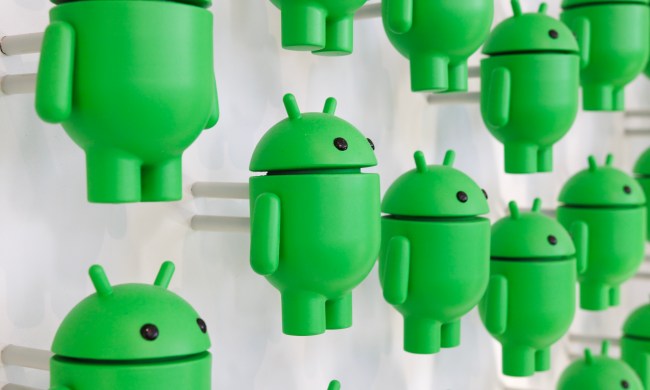 HP isn’t discontinuing webOS, but it appears that the heart of the Enyo team, which developed webOS’s HTML5 app framework, have been hired by Google. Yes, core developers behind webOS are now working for Android, reports The Verge. The head of the team and most of its vital team members are now Googlers.
HP isn’t discontinuing webOS, but it appears that the heart of the Enyo team, which developed webOS’s HTML5 app framework, have been hired by Google. Yes, core developers behind webOS are now working for Android, reports The Verge. The head of the team and most of its vital team members are now Googlers.
WebOS isn’t dying though. It appears that these departures are not due to HP canceling the open sourcing of Enyo.
“We’re pleased with the traction Enyo has gained to date and plan to continue its development along with the open source community. The Open webOS project is on schedule and we remain committed to the roadmap announced in January,” said HP, affirming that webOS is still on track to be open source, but refusing to actually acknowledge the departures.
Can we blame them for jumping ship? Their most creative work on webOS is probably already finished. The Enyo HTML5 app framework debuted with the HP TouchPad. As much as HP claims it is not ending webOS, it is clearly not a priority for the company anymore. Android, on the other hand, continues to skyrocket. We found out today that Android now has a market share approaching 60 percent. If Google has a need for the Enyo team, at least they might have some fun developing something that will get used.
It’s unknown exactly what Google has up its sleeve or why the team has departed.


